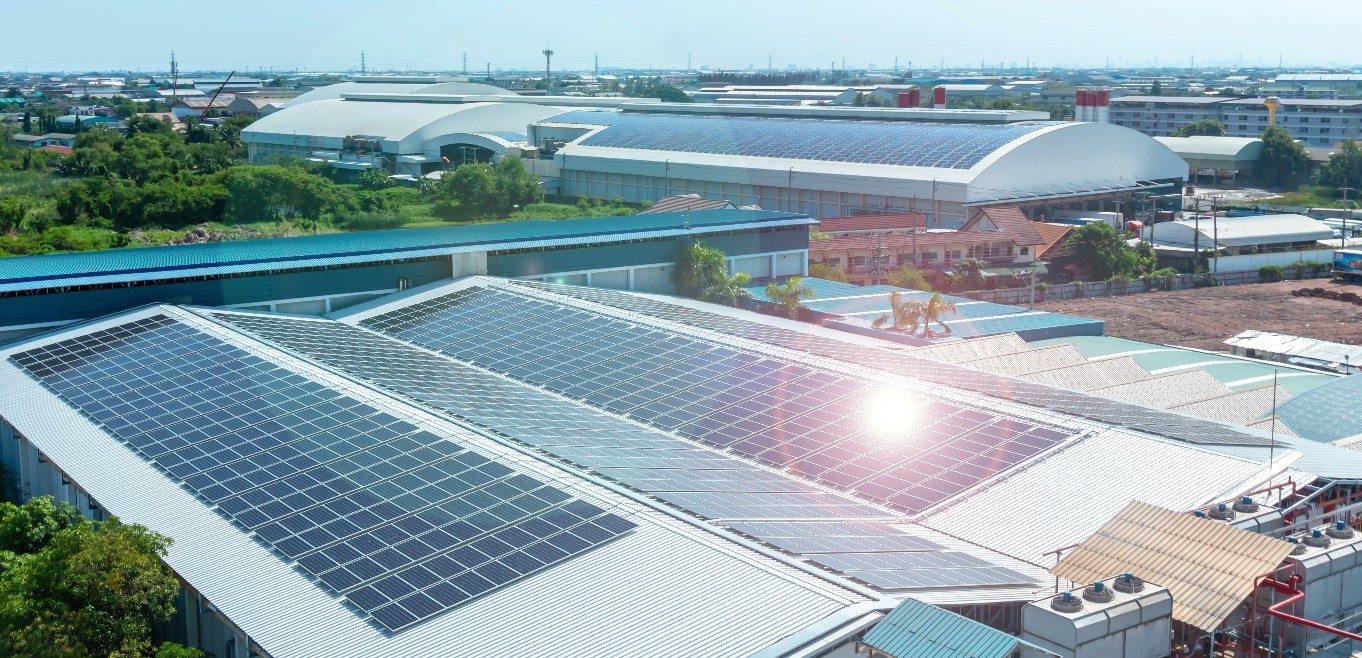
Highlights
- Monitor and control energy production and consumption from solar panels and utility with one single platform.
- Get data insights in the integrated dashboard available in the App.
- Dynamic load balancing system: Switch between energy sources as needed.
- Control the load via modules.
- Determine costs and usage of respective loads.
- Maximize the consumption the energy produced within premises rather than selling at cheaper cost.
- Use utility only when there is no solar generation.
- Plug and Play Hardware.
Introduction
Net metering is a method which allows domestic or commercial users who generate their own electricity using solar panels (Prosumers) to export their excess energy back to the utility grid. This process provides the grid owners with an opportunity to gain extra revenue by selling their excess power generated to the utility. And in case there is a shortfall in energy produced, the demand can always be fulfilled with the on-grid system. In India despite the fact that most states are announcing net-gross-metering policies for rooftop solar, the grid interconnection regulations and policies still remain ambiguous.
Problem
In net metering, the owner is billed for the “net” energy that is used, which accounts for the difference of extra power sent back to the grid and total power consumed by the user. Therefore, the extra energy cost which is sent to the grid is redeemed in the energy imported from the grid. However, at a particular time if the solar generation is high but consumption is low, this excess energy is sent to the grid at a cheaper rate than at which the electricity from the grid is imported at. Hence, we end up paying extra money for the energy which we could have used for free.
In some countries people are penalized for over-producing energy and in some cases the incentives for the generation have been limited as the price of solar has dipped. To tackle such a situation people have moved to adapting batteries for storing excess energy, using electric vehicles, electric heat pumps in order to save themselves from any prosumer taxes and try to use all the generated energy within the premises.
Solution
To solve this problem, Minion EMS offers self-consumption that helps the grid owner to maximize the utilization of free power generated via solar grid and reduces the excess energy being sent back to the grid at a cheaper price.
In order to do that the solar energy supply should be designed in such a way that it generates enough electricity to power up all the appliances during the day and also store excess energy in batteries so that during the night when the generation is absent, the stored energy in batteries can keep up the appliances running at night. Net metering with Minion EMS ensures that the energy generated is monitored so that any excess energy instead of being sent to the grid is stored in the batteries and later in the evening when solar generation is absent, the power supply is switched to batteries. At any point of time if the solar generation or the batteries can’t meet the needs of the demands the automatic transfer switch can automatically switch to the utility to draw any power as needed.
Using Minion EMS, the user can be well aware of how much their energy consumption is fed by the solar energy and likewise how much solar energy is being used within the premises using its in-depth energy dashboard.
Minion EMS offers several smart options to enable self-consumption.
Dynamic load balancing
Minion EMS offers dynamic load balancing which makes sure that the maximum percentage of the solar energy generated is consumed instead of sending away the extra energy back to the on-grid. Minion EMS is able to control the flow of energy within the premises using 3rd party control modules in the most feasible way by analysing your solar energy produced, using batteries, smart devices, electric vehicles and smart energy management platforms. Moreover, the users having EV charging stations can implement smart charging so that maximum solar energy is utilized throughout the day.
Custom control for total self-consumption
With the leading interfaces supported by the Minion EMS, the user can control all 3rd party devices that are within the Minion ecosystem. A user can add battery stations, EV chargers, thermostats etc to be automated by using the Minion Smart Switch or 3rd party that is reliable enough to turn the devices ON/OFF remotely or rather intelligently since it captures the energy consumption as well, in order to maximize total self-consumption of solar energy.
Automatic control for total self-consumption
Minion EMS enables the users to enable smart automation to achieve self-consumption. This is a sequence of automated streams that the users can create using the Minion app. Smart automation can be triggered by creating policies for events such as device activity (running, stopping or specific load), activity in the premises, location, time, etc. These events trigger a custom action (e.g. start/stop a device) for a device connected to the Minion Smart Switch. Hence with Minion EMS in place, the monitoring and optimization of solar consumption and generation can be achieved hence offering a way to be part of the climate solution and also reduce or rather even eliminate the electricity bill.
Use Case
A supermarket had a solar installation and wanted to know how much is it generating and thereafter consuming and whether their system is efficient or not. Net Metering with Minion EMS helped them know exactly the amount of energy it was generating and how much was being sent to the grid in order to compare the bills. Also, the supermarket wanted to know if automating the system to switch in between grid, battery and solar would help it reduce the bills any further or not without having to spend too much, and if the solar installation is generating as per the specifications.

With the Minion EMS, the supermarket was able to know that the solar generation was within the specifications, however at times excess energy was sent to the grid which in turn was being purchased at a higher rate later on. Hence the detailed insight helped them come to the decision of automating the system with Minion EMS in order to achieve total self-consumption.
